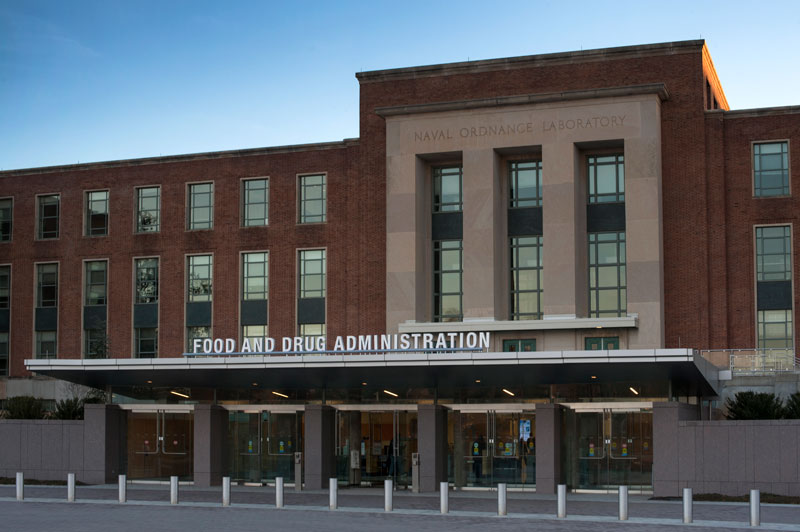FDA draft guidance on controlled correspondence reflects GDUFA III commitments
 ComplianceHealth Authority meeting and communication strategyNorth AmericaPharmaceuticalsQuality Assurance and ControlRegulatory Intelligence/Policy
ComplianceHealth Authority meeting and communication strategyNorth AmericaPharmaceuticalsQuality Assurance and ControlRegulatory Intelligence/Policy ComplianceHealth Authority meeting and communication strategyNorth AmericaPharmaceuticalsQuality Assurance and ControlRegulatory Intelligence/Policy
ComplianceHealth Authority meeting and communication strategyNorth AmericaPharmaceuticalsQuality Assurance and ControlRegulatory Intelligence/Policy